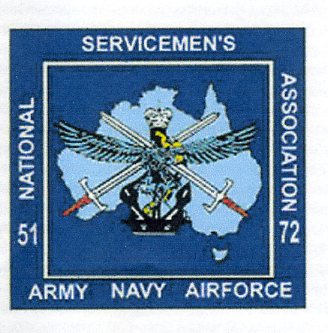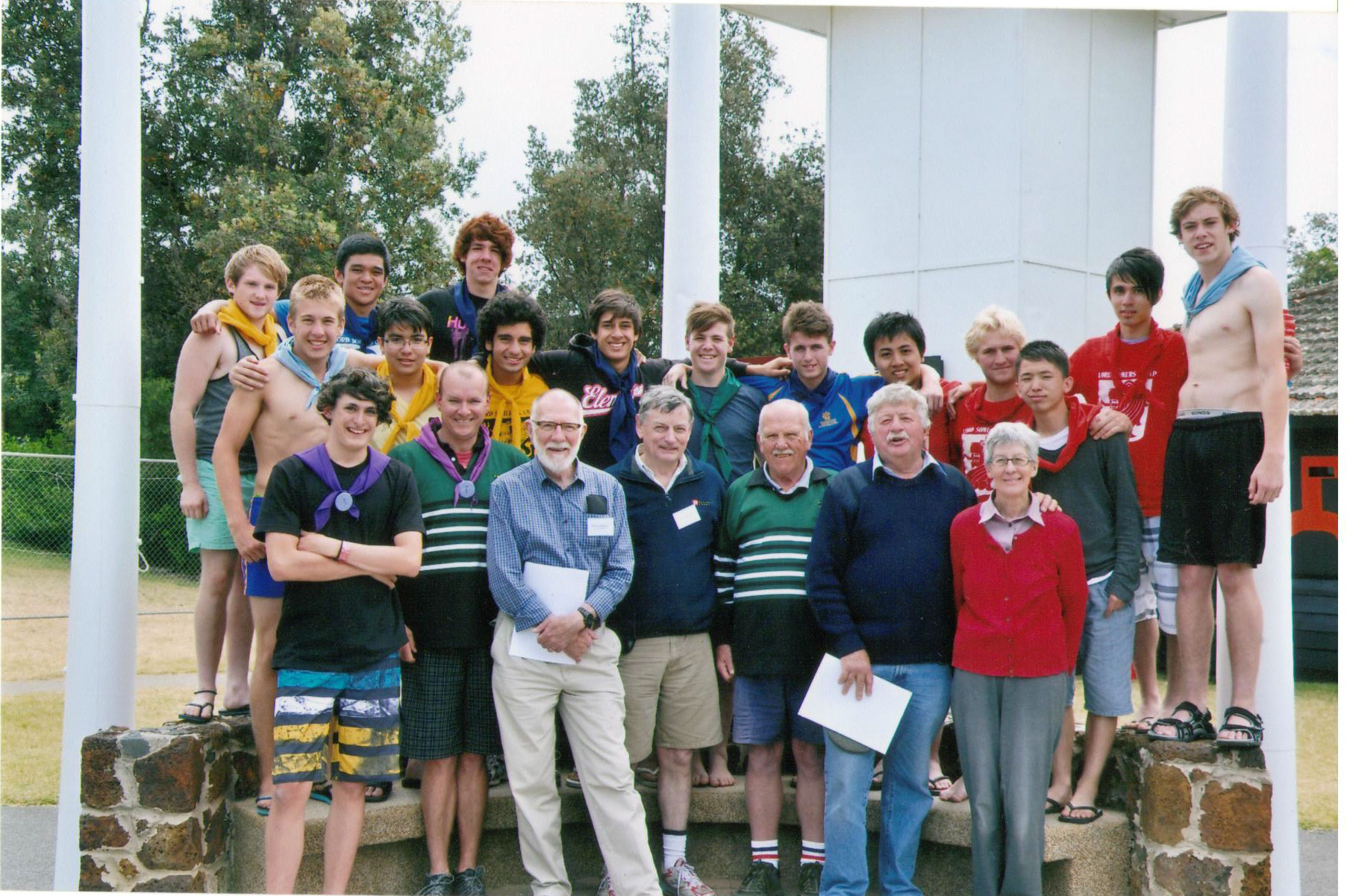Why should you be a member of the OTU Association?
The Association’s Vision Statement, as presented in the Constitution is as follows;-
The Association exists to provide a vehicle for the ongoing connection, networking and support for all those associated with OTU. The Association is dedicated to the commemoration and remembrance of the ‘Scheyville Experience’ and the contribution made to Australia by all those involved. The Association seeks to provide fellowship for its members. The Association also encourages and supports the development of leadership in young Australians.
This is best summarised as: ‘Let’s keep the blokes together’ (Ray Elder – 2010).
So how can we expect to benefit from being a member?
Firstly, it is perhaps worth exploring just what we all have in common – what we have to share together.
In Australia the mid sixties to early seventies was an era of enormous opportunity for young men. Well paying jobs with a real future were plentiful. The world was our oyster. Then came National Service and Scheyville. Although a good number of us volunteered to join, most had, by no means, included two years in the military as part of their life plan. Two years doing something you had never contemplated (nor
probably desired) was one thing but, on top of this, to end up doing the OTU course was altogether ‘way out there’.
Scheyville for most was difficult and trying. Moreover it was worlds away from the lifestyle we had left in civvie street. It tested us to our limits. It developed us. At times it made us wonder why we had ever decided to make this jump ‘out of the frying pan’ of recruit training ‘into the fire’ of OTU at all. Looking back over all these years it still seems such a radical, and unexpected, change in the course of our lives.
It really did make us feel unique. Moreover it is this unique experience that makes for a sense of brotherhood among Scheyvillians. It is this special brotherhood that the OTU Association seeks to celebrate. We have a common bond.
Just what can we gain through being a member of the OTU Association? Here are a few thoughts.
Business and other networking. Many of us, even if only working part-time these days, can cultivate and, participate in, business opportunities that arise from knowing what other members are involved in. In addition, with a good number of us retired (or near retired), we tend more and more to direct our energies towards charitable and other not-for-profit organisations. As well as being rewarding, these provide a stimulating opportunity to continue to practise the management and leadership skills we have learned – both at OTU and in our subsequent careers. The Association membership represents fertile ground firstly, for those keen to find suitable positions on business or not for profit boards and, secondly, for those seeking people to join such bodies..
Fellowship: Members can maintain their relationships with friends who have ‘shared the experience’. They can participate in group activities including luncheons, dinners, weekends away and tennis and golfing (we’re not quite up to bowls quite yet!) days. Several State Chapters now march in their city’s ANZAC Day parade under the OTU banner. Class reunions are becoming more and more popular and provide yet another avenue for catching up with old and special friends. It must be mentioned here that the wives/partners join in many of these functions and have become very good friends with each other.
Covering all of this is ‘The Scheyvillian’. This quarterly journal is always a fascinating read – reporting on functions that have been held, on what people are doing, on where they have been, and on military matters of interest to all. In a sense it is the ‘cement’ of the Association. It makes us feel a real part of our Association.
There is just something special in catching up with people who have gone through the life changing experience of Scheyville OTU. A splendid bond still exists between us all – a bond often not fully recognised until we get together.
Pride: Members attain recognition in the community because of who they are and what they achieved. They are a unique group in Australia’s history. They are committed to preserving the OTU history and the memorabilia associated with Scheyville. Membership of the Association makes us part of this.
Respect: Members respect and remember those who have passed on with the expectation that they too will be remembered as Scheyvillians.
Contribution to the community: Members actively support and foster youth leadership development programs that provide a similar experience to what they received at OTU. They believe that they benefited immensely from their leadership training and should now contribute to similar experiences for the young people who will enhance the future of Australia.
No other association or club offers a comparable set of benefits!


